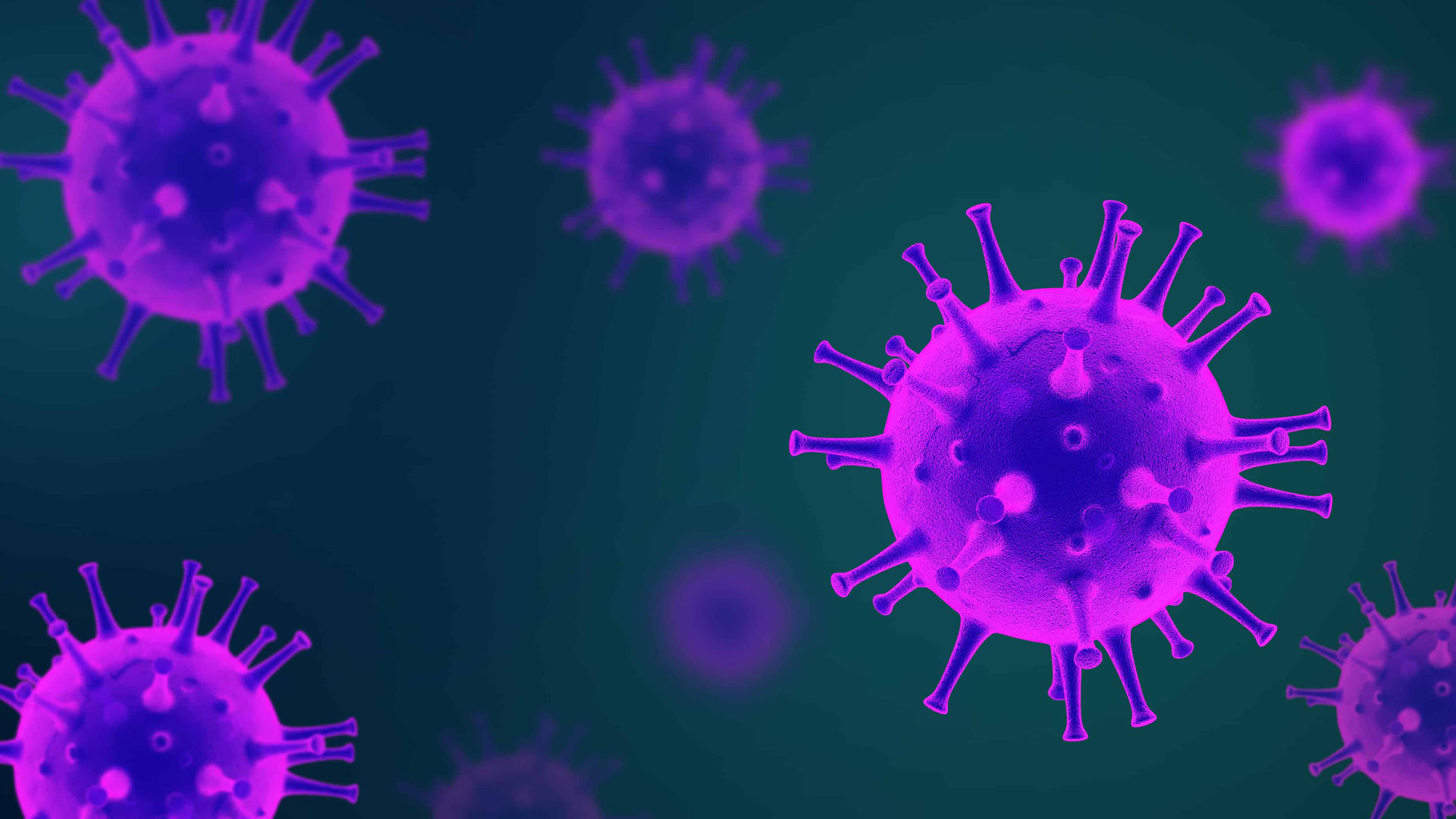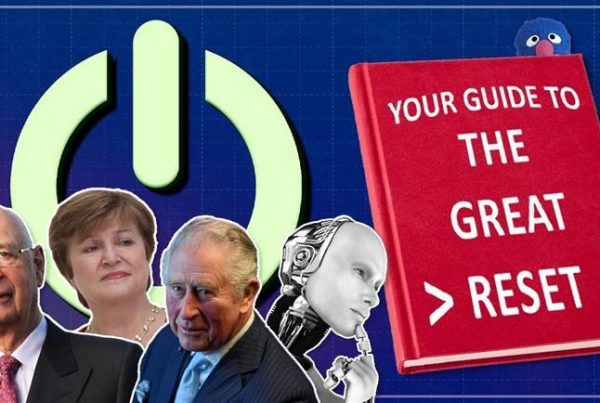The Coronavirus Crisis
What a year 2020 has been so far, and it doesn’t look like we’ll be going back to the “old normal” anytime soon. Regardless of the ever-increasing amount of data — including that coming from government institutions like the WHO and the CDC — showing that Sars-CoV-2, or Covid-19 isn’t nearly as dangerous or deadly as has been proclaimed for the past several months.
Attached in this article is a PDF document which includes a detailed timeline of events that took place before, and during the alleged pandemic. In which you will find multiple studies, articles, and expert opinions that seem to directly contradict a lot of what the mainstream media is reporting, and also shows the scale of inconsistency regarding the death tolls.
Also included are two short summaries, on the origin of the novel coronavirus, and a detailed breakdown of testing procedures that are currently being applied. Including RT-PCR, and serology (antibody) testing.
All sources and references are included in the PDF file.
Please feel free to share this article.
Thank you.
Last updated: December 26th 2020
Main Points of Timeline:
- It seems deaths are being drastically overcounted and many people dying of other causes are being designated as Covid-19 deaths:
– People who have died with the coronavirus but not of the coronavirus are being included in the coronavirus death tolls in many countries.
– When a person has tested positive for corona at any point and then recovers, if that person eventually dies they will still be included in the coronavirus death tolls in many countries; even if they die of a clear alternate cause months later.
– Thousands of people that had never been tested have been included in the death tolls.
”“It’s worth remembering again that the ONS rates (Office for National Statistics) are people who’ve got COVID on their death certificate. It doesn’t necessarily mean they were infected because many of them haven’t been tested.”
- Dr. Patrick VallanceUK Chief Scientific Advisor
- Test results of all different types of testing methods that are being used are often untrustworthy for multiple reasons:
– Coronaviruses are an incredibly common virus type (including types 229E, NL63, OC43, and HKU1), which usually cause mild to moderate upper-respiratory tract illnesses, like the common cold. Most of the human population will have small quantities of coronavirus RNA within circulation at any given time, even if they are perfectly healthy or if they are ill from a different pathogen.
– The RT-PCR tests that are being used worldwide don’t test for a virus, but for a genetic sequence of RNA which could come from a large number of different coronaviruses, or other genetic material within the body. Another prevalent method of testing that is being used to see if a person was previously infected with the novel coronavirus, is serology (antibody) testing. These tests could also give a positive result for antibodies to other coronaviruses, such as the one that causes the common cold.
”“There is a chance a positive result means that you have antibodies from an infection with a virus from the same family of viruses (called coronaviruses), such as the one that causes the common cold.”
- CDC
- Face masks have previously been deemed ineffective by the same organisations that are recommending them at the present moment:
– Dr. Anthony Fauci, head of the NIAID (National Institute of Allergy and Infectious Diseases) has repeatedly stated wearing face masks would not be effective. He later changed his stance to recommending the “universal wearing of masks” as being essential to combat the spread of the novel coronavirus.
– The WHO has recommended not to wear masks if you are not sick or caring for someone who is sick. They later changed their stance to recommending the usage of face masks “in places where physical distancing is not possible.”
”“There is no specific evidence to suggest that the wearing of masks by the mass population has any potential benefit. In fact, there's some evidence to suggest the opposite.”
- Dr. Michael J. RyanExecutive Director of the WHO Health Emergencies Program
- The economic implications that lockdowns and business closures are already having on millions, appear to have more detrimental consequences than the virus itself:
– According to the World Bank’s biennial estimates of global poverty, the coronavirus crisis has thrown between 88 million and 114 million people into extreme poverty. Which the World Bank defines as living on less than $1.90 a day, or $700 a year.
– Various aid organisations that provide care for some of the poorest people in the world, have warned that far more people will die from the economic consequences of the measures imposed, than from the coronavirus itself. Forecasts have predicted that millions of people will fall into absolute poverty, and that many of them will be threatened with starvation.
– In Germany, 2.35 million people are predicted to be on short-time working in 2020. That’s more than twice as many as after the financial crisis of 2008/2009.
”“The reversal is by far the largest increase in extreme poverty going back to 1990 when the data began, and marks an end to a streak of more than two decades of declines in the number of the extremely impoverished,”
- Josh ZumbrunThe Wall Street Journal






